It seems like the digital marketing community started to rave about “dwell time”. There is a lot of controversy on forums, blogs and social media of whether it is or not one of the search engines’ ranking signals. Should you care about it? We have to admit that nowadays it is becoming increasingly important to understand your users. This is what makes Search Engine Optimization so interesting. You have to adapt, you have to continually change. But “dwell time” seems to cause a bit of confusion even amongst SEO specialists. There seem to be divided opinions about whether it is, indeed, important for ranking. Some say it is critical and it shouldn’t be overlooked, but not everybody shares this belief. If it is a ranking factor, it means that everybody should rush to optimize it for getting the most out of it. Let’s see what it really is and what the search engines’ representatives have to say about it as well.

There is a lot of turbulence around the exact dwell time meaning. What we tried to do is bring some light into the subject and clarify once and for all everything you need to know about the dwell time data and its impact on your business.
- What is Dwell Time?
- Can You Measure Dwell Time in Google Analytics ?
- Is Dwell Time a Google Ranking Factor?
- Is Dwell Time a Bing Ranking Factor?
- Is Dwell Time a Yahoo Ranking Factor?
- Should You Measure Dwell Time?
- Steps to Improve Dwell Time
- Conclusion
What Is Dwell Time?
Putting it simply, dwell time is the amount of time that elapses between a user clicks on a search result and returns back to the SERPs.
More generally talking, dwell time is the time spent in the same position, area, or stage of a process. However, if we are looking for a dwell time definition in the English dictionary, we are immediately redirected to the marketing industry.

What we are interested in is trying to define dwell time in the context of the digital marketing niche. Therefore, what is dwell time in the context of SEO?
Dwell time is a user-based metric that combines the user’s engagement, session duration, and SERP click through rate.
Although we might tend to say that dwell time is similar with session duration, bounce rate or pogo sticking, it seems that dwell time is slightly different. Is more of an amalgam of bounce rate and time-on-site metrics as Dr. Peter J. Meyers claims . As dwell time is a data point that is not publicly available (but might still affect a site’s rankings), we can only speculate around the concept or on its impact on the rankings. However, what we do know for sure is that dwell time does impact one’s website.

Source: ahrefs.com
A simple search on Google about dwell time might lead you to some sophisticated concepts, such as dwell time radar, dwell time ignition or dwell time mass spectrometry. However, even if, due to the complexity of the concept we cannot offer you the exact definition of dwell time, what you need to know is that dwell time combines but is not equal to time on your site, session duration, SERP, CTR, bounce rate, exit click.
Can You Measure Dwell Time in Google Analytics ?
Dwell time has stirred the waters among the SEO community and has been in the headlines of industry news and lots of blog posts. As it is still a concept whith much confusion around it, we cannot say for sure what the ideal dwell time is. No big data research has been written on this matter yet, not even a beginner’s guide that would tell you what the average dwell time that would influence one site’s rankings is. On the Search Console (Google Webmaster Tools) there is no specific data available for dwell time (yet).
What we can do is to track the user’s engagement with Google Analytics.
In order to fully understand the concept, you first have to know that the user experience which starts from clicking on one link on SERP might involve more than a single page. This is especially true for online stores, for example. A customer usually goes from a landing page to other inner pages before making a decision or returning to SERP. There are a few concepts that we have to comprehend first, such as Time on Page, Exit Rate, and Bounce Rate. According to Google, to understand the difference between Exit Rate and Bounce Rate for a particular page, keep the following points in mind:
- For all pageviews to the page, Exit Rate is the percentage that were the last in the session.
- For all sessions that start with the page, Bounce Rate is the percentage that were the only one of the session.
- Bounce Rate for a page is based only on sessions that start with that page.
As mentioned before, dwell time is not the same as time on site or bounce rate, as link building is not the same with link earning. However measuring these metrics in Analytics can give you an idea of your users’ engagement.
Time on Site
The Time on page or session duration is the average amount of time all visitors spend on a particular page. It essentially shows you whether visitors actually spend time reading and/or interacting with your content. As Neil Patel mentioned, dwell time is a metric that calculates user engagement, time on page, and Click-through rate (CTR) on the search engine results page (SERP). Therefore, being aware of the sessions’ duration on your site might be of a big help.
Bounce Rate
Another source of confusion is “bounce rate”, which is a different number, too. Dwell time could combine these two — time duration and bounce rate. Other people consider pogo sticking to be the same with dwell time. Let’s put it like this: according to Internet Marketing Ninjas, a bounce can be good or bad. If a visitor clicks on a search result and then quickly returns to Google, that’s a very bad bounce. That’s what we call pogo-sticking. Others consider that CTR does not influence it and we can impact “Dwell Time” only by increasing “Page on Time” and decreasing “Exit Rate”. Long story short, knowing your bounce rates can only help you in your quest of figuring out more about dwell time.

Is Dwell Time a Google Ranking Factor?
What is mandatory to know out of all this is that Google wants searchers to be satisfied with the first search result they click on (ideally, the No. 1 result). The best search experience is one that immediately lands the searcher on a page that has all the information they are looking for, so that they don’t hit the back button to return to the SERP and look for other alternatives. During a live stream Q and A on the 23rd of March 2016, Andrey Lipattsev, a Search Quality Senior Strategist at Google, revealed that the No. 1 and 2 Ranking factors were links and content. But let’s take a look back at what Matt Cutts said when he was working for Google:
As we get better at understanding who wrote something and what the real meaning of that content is, inevitably over time, there will be little less emphasis on links.
That is right. It seems that as Google’s search engine will comprehend the natural language better, links will play a less and less important role.
But what is the future of SEO, if it is not links? It will be the users’ engagement.
And how can we measure user experience? By measuring dwell time, of course. We are not saying that links are not of paramount importance. They trully are. Yet, without any doubt, user experience plays a major role amongst Google’s ranking factors, as their represantives mentioned themselves.
To better understand if Google takes into consideration dwell time or not when ranking factors, let’s take an example detailed by Brian Dean, regarding an article from his blog . The article was meant to rank as good as possible for the keyword “high quality backlinks.” And it did, straight to Google’s first position. Nothing weird so far.
However, the mentioned article ranked not only for “high quality backlinks” but also for the keyword “how to get high.” As interesting and as comic the situation was, we believe that the author didn’t intend to compete for this keyword; yet, there it was ranking amongst strange recommendation of getting high, with or without drugs.
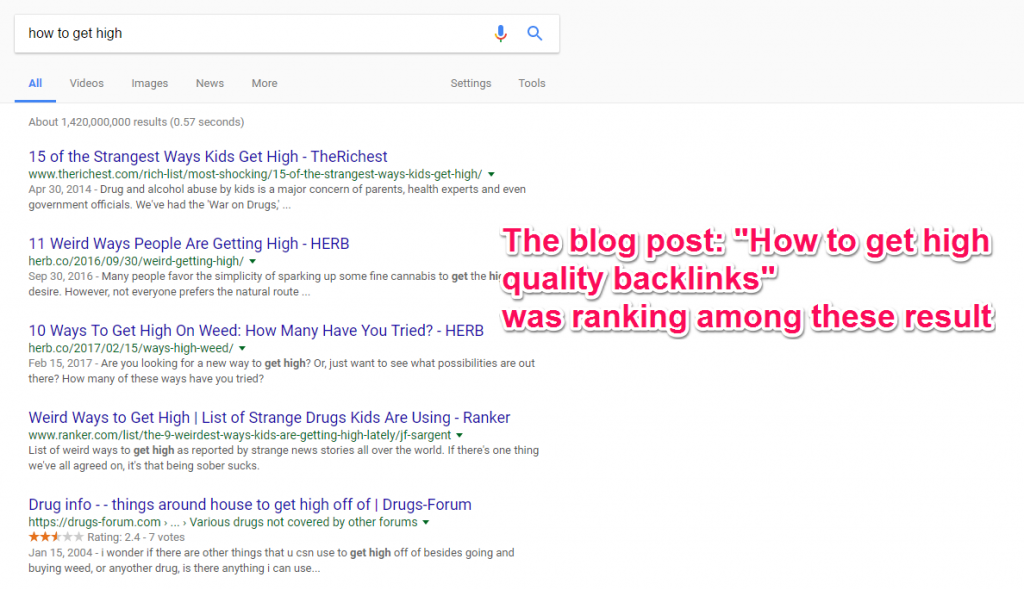
What happened next? Is that page still ranking for the keyword “how to get high”? The answer is no, and the key in this question might be dwell time. As you can see in the screenshot below the average session duration for the article, we are talking about is very low compared to other similar pages. And why is that? Because we are pretty sure that people searching for methods to get high were not that interested in quality backlinks. This led to a high bounce rate and a very low time spent on the page. What did Google do? It dramatically de-ranked this page for the “high to get high” keyword. Did dwell time had something to do here? We believe that yes.
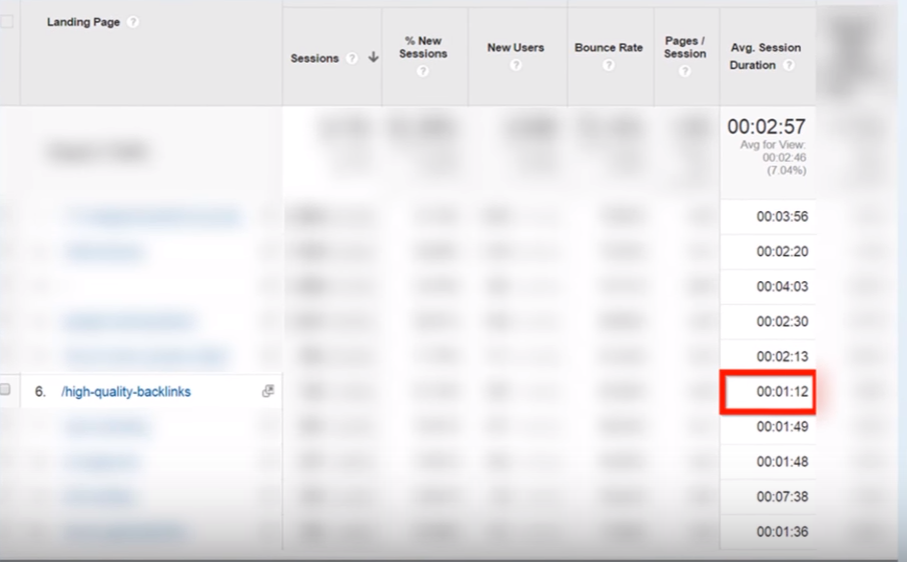
Source: https://www.youtube.com/watch?v=lyiikzjg9a0
When asked if it is true that Google considers the pogo stick effect as well as CTR when ranking results, Gary Illyes, Google’s Webmaster Trends Analyst said:
Clicks in general are a very noisy signal. I worked on trying to make observations from click data. It’s like a Gordian knot. Because there are tons of people who are scraping the results and trying to fetch ranking data, and for whatever reason, they also decide to click on things automatically. Links. It’s just a huge mess. When we have controlled experiments, then obviously we have to look at click data. Before we launch a ranking change, typically what we do is to isolate 1% of the users and give them modified search results, modified by the new ranking algorithm or a piece of the algorithm and see how they like the new results. And in these instances, we do look for long clicks, short clicks, and so on. But in general, as I said, it’s a huge mess. When it comes to personalisation, we like to use click data because it’s clearer.
Because we wanted to find out more about dwell time, we had to take a look at some of Google’s patents. We easily discovered that there is some effort put into using the duration of user visits as a ranking factor. Some patents are about ranking certain pages for certain search queries and also patents that take into account the click length when the engine determines a domain score. This means that dwell time is capable of influencing the ranking of a website or of specific pages as well. There is a patent that we have found particularly interesting, Scoring site quality, that describes the process of obtaining duration of user visits and we can presume that it refers to the dwell time.
A measurement of the duration of time that elapsed between the time that the user clicked on the search result and the time that the user navigated back to the search results web page.
Is Dwell Time a Bing Ranking Factor?
Duane Forrester, who was a Senior Project Manager for Bing, is responsible for first mentioning “Dwell time” in a 2011 post on the Bing webmaster blog:
[Dwell time is] the time between when a user clicks on our search result and when they come back from your website tells a potential story. […] A minute or two is good as it can easily indicate the visitor consumed your content. Less than a couple of seconds can be viewed as a poor result.
Building quality content is more important than only building content. He further adds that there are two main measures for good content: first is the user and second is the search engines themselves. The users have to feel the content made by you as being of high quality. You have to make sure that they engage with the content and be certain that you are not missing telltale signs of the quality being not quite what you think. Just as beauty is in the eye of the beholder, quality is in the eye of the visitor. If your visitors are staying on your website for only a few seconds and you have short page dwell time, it can indicate the content fails to capture their interest.
Regarding the search engines, the crawlers will, in most cases, consume all the content they can find. The engines can be used to give hints to the quality of your content.
Have you done everything you can to get pages indexed and still the engines won’t take them?
That’s an indication the quality of the pages may be low, as Duane Forrester adds. You can have a page where everything looks great and offers all kinds of interactivity, but the content itself isn’t good enough. Think of highly dynamic websites that use content from other sources, such as online stores that use common product descriptions. The lack of unique content signals low quality. When you are designing your website or posting content think of it like this:
Your goal should be that when a visitor lands on your page, the content answers all of their needs, encouraging their next action to remain with you. If your content does not encourage them to remain with you, they will leave.
Is Dwell Time a Yahoo Ranking Factor?
This is a really good question. It seems like Yahoo believes as well that clicks can be a flawed metric for user engagement and interest. There is actually a full research made by Yahoo scientists about dwell time and it can be accessed here. They seem to believe that this is a better indicator of what people enjoy online. According to Marketing Land, the clicks on a page don’t mean as much as the time spent there. This is because people can be tricked by click-bait headlines or because they can randomly click to a page before immediately taking off. The research that Yahoo made claimed that dwell time is “a proxy to user satisfaction for recommended content, and complements or even replaces click-based signals.”
More discoveries that Yahoo scientists Xing Yi, Liangjie Hong, Erheng Zhong, Nathan Nan Liu and Suju Rajan made include:
- Users have less dwell time per article on mobile or tablet devices than on desktops.
- Users spend less time on slideshows than on articles.
- Users dwell more on longer articles, up to 1,000 words. Beyond that limit, there is very little correlation to article length.
- Users dwell the most on articles in the topics of politics or science and the least on articles on food or entertainment.
Even more, when the experts tailored Yahoo recommendation algorithms to optimize for dwell time rather than clicks, they saw improvements in performance, for dwell time and CTR as well. The research made by the Personalization Science team at Yahoo Labs demonstrates that content recommendation models perform better when using dwell based metrics. Whether these metrics, in turn, drive long-term user engagement such as the number of days a user returns to our site, is another interesting research question.
One plausible reason is that when optimizing towards dwell-based signals rather than high CTR, users may like the content recommended better, come back to the site and click some more.
Should You Measure Dwell Time ?
The distance between a click and an exit; the length of time people spend on a website; a bounce rate surrogate, entrance click. Call it as you want, the question remains: should you measure dwell time even if you don’t have a direct statistic to help you do this? We don’t want to say a straight yes or no, yet, we are going to give you some reasons why dwell time should be a part of your website audit.
1. Possibly Replace Bounce Rate
Yes, there is the possibility for dwell time to replace the actual bounce rate. We are not the only ones who believe this. It all comes down to the fact that bounce rate does not offer a true insight of your visitor’s experience on your website. Visitors can bounce for a lot of different reasons and it is hard to tell whether they had a good or a bad experience from this metric alone. Google Analytics does not make any difference between a good and a bad bounce. According to Blue Corona, a bad bounce happens when a user lands on your page and suddenly decides that it was not what they were looking for and returns to the search engine results page. A good bounce happens when a user reaches your page, decides to stay a while to consume your content, finds what they were looking for, and then leaves.
2. Good Indicator of Relevance and User Intent
The dwell time metric is really good because it allows you to better understand the relevance of your content and your users’ intent, as well. It can give you insight and tell you if your visitors perceive your website’s content as being high-quality or not. Let’s see a clearer picture by looking at a few examples that Joshua Hardwick from Ahrefs gives and see what we can get out of them:
- 2 second “dwell time”: The user probably didn’t find what they wanted/expected from your site (more on this later) and went back to the SERPs pretty sharpish looking for better content.
- 2 minute “dwell time”: The user found your content pretty useful and stuck around a couple of minutes to read it.
- 15 minute “dwell time”: The user found your content super-useful and was heavily invested in what you had to say.
3. It Doesn’t Work Well for Simple Question Queries
As Ahrefs also claim, dwell time might not work that well for simple question queries. Let’s say we’ve seen all the NBC’s Hannibal seasons and we want to look for the release date of the next season. We take a simple search query like “when will Hannibal season 4 air?” and see what Google search result we get.
Unlike the lucky Game of Thrones fans, this will not bring up a knowledge graph result. This forces us to go through multiple results in order to find an answer. If we click on the first result, we might read the first sentence and find out what we were looking for. Thanks to this we might already want to return to the SERP page in an instant and this fact might lead to a low dwell time. This will have nothing to do with a bad user experience because we already found out what we were looking for. Even though, in this case, dwell time was pretty low and that can become a problem, we definitely found out what we wanted from the first link on SERP. Eric Enge, Founder of Stone Temple Consulting, says that:
There are many scenarios where SHORTER dwell time is an indication of quality. For example, anytime someone is looking for a quick piece of reference information, such as a zip code or phone number for a business. For informational searches like these, you want to design your pages so users find what they want pretty much immediately.
4. It Doesn’t Work Well When You’re Searching for a Specific Page
Ahrefs mention as well that dwell time might not work fine when searching for a specific page. Let’s say that I have read a really nice interview with the late Gary Moore a few months ago and I now want to find it again. I look for it and I do not seem to remember which one it was and I do not find the right page on the first try because I can’t recall whether it was a video or a written interview.
I click the first result and I start to recall that it was, in fact, a written interview and I go through a couple more pages. After a few minutes, I reach the page I was looking for. What happens? Well, the first few pages get a really low dwell time and this could have a bad effect on the pages that I went through. The first results might have been of excellent quality, but they were not what I wanted. Maybe other users simply want to listen or read a Gary Moore interview and their rankings might be affected in vain.
Steps to Improve Dwell Time
We believe that it is good to be proactive and make sure that your website has a good dwell time, whether the metric is already used by search engines or not. The next steps that we will mention help your site have a good session duration, a small bounce rate, and a better dwell time. That will help you be up to date and have your website good enough for this metric. A nice dwell time can indicate highly interested users. Because of this, you might also have more returning visitors.
1. Add High-Quality Content
Content creation is very important, as you already know. The key here is to always add high-quality content on your website. This will improve dwell time by keeping your visitors engaged. There will be nobody going through your links if everything is garbage. As Wordstream also mentions, you want your content to be:
- useful, actionable and even educational.
- entertaining, whether it is something hilarious, unusual or surprising
- accessible, well-designed and not too hard to comprehend.
Google also has quality guidelines and they can be accessed here. Some basic principles that the big G wants you to keep in mind are:
- Make pages primarily for users, not for search engines.
- Don’t deceive your users.
- Avoid tricks intended to improve search engine rankings. A good rule of thumb is whether you’d feel comfortable explaining what you’ve done to a website that competes with you, or to a Google employee. Another useful test is to ask, “Does this help my users? Would I do this if search engines didn’t exist?”
- Think about what makes your website unique, valuable or engaging. Make your website stand out from others in your field.
If you are in doubt whether to use long or short form content or want to know more about content amplification techniques, we’ve talked about it before. All that will surely help you to create amazing content and further boost your ranks and also to increase dwell time by making visitors spend more time on your pages and reducing bounce rate.
2. Target the Right Keywords
As both Ahrefs and Search Engine Land have ranted about, you must use the right keywords for the right topics. For this reason, it is of utmost importance to understand your target and put the right keywords in title tags, meta descriptions and so on. This will help you, because it will add to the chances of visitors getting to the content that they were looking for. If you have targeted the right keywords, you might get a good dwell time.
Kissmetrics consider that effective keyword research is a critical skill for any digital marketer out there. Keyword research can also be used to discover new topics to write about and key phrases to help people find you easier. The point is that you must learn how to use keywords effectively. The basic things that you need to know for your keyword research is:
- Create a seed list of starting terms
- Expand your list using keyword research tools
- Refine your list with competitive research
3. Improve Page Load Time
Nowadays, it has become increasingly important to have really fast websites. More and more consumers start using their mobile phones for browsing and for purchases. That is why they expect the websites to be really fast. We recommend using a tool to make sure that you have a really good speed by using an online tool such as Pingdom. To better understand how this works and how it can help you, you can a deep dive into the Pingdom speed test tool.
If your website is taking more than 3 seconds to load, then you might be in danger.
Slow loading pages are usually abandoned by visitors. The patience that visitors have for the mobile websites is even shorter than the one they have for the desktop versions. A study made by Radware informs us that every one-second delay impacts bounce rate, conversion rate, cart size and page views. It seems like a one-second delay can make a difference.
4. Use Internal Linking
So, we’ve learned that dwell time might be a combination of the time between the moment a user reaches a page and returns to SERP.
By adding more actions that help to keep your visitors busy when they’ve consumed the content that you provide on one page, you will improve the session duration.
Both Ahrefs and Wordstream believe that internal linking will help you to create an easy to access structure and will guide your users through more of your pages. This can also increase the chances to add certain hooks or links to pages that people will further relate to. That, in turn, will create a better user experience and we should know that the final result is to have happy visitors. Internal linking is also fundamental for improving SEO. A well made internal linking strategy will help your site to rank better because it will help crawlers to better index your whole site.
5. Have a Good Website Design
Have you ever felt like you do not know what to do when you’ve reached a website? Have you ever felt overwhelmed because the website seemed to have too much information or the design felt crowded? You have to make sure that you have a good website design. This is mandatory because a simple layout will help your content feel easy to go through. If the critical elements are in the right places, your users will benefit just as much as you will.
Do not forget that your visitors can leave your website whenever they want. They can find other websites that maybe are easier to read or more attractive than yours.
As Neil Patel wrote in a Search Engine Journal article, one must use the right colors, fonts, large headlines, organized content, and plenty of white spaces. This will help by improving usability.
A good approach you can use in order to increase dwell time can be to introduce a pageless scrolling design, as Wordstream also mentions. Be careful if you choose to do this, because even if they can be of tremendous help regarding the user experience, they can hurt your SEO. This is why they have to be implemented really well. Crawlers are unable to replicate some user behavior like clicking or scrolling. You can still break your page into paginated sections. This will help crawlers to better index your content. Make sure that every section has a similar <title> tag, with rel=”next” and rel=”prev” values declared in the <head> tag.
6. Remove Some of Your Ads
From the beginning of 2017, Google started to penalize mobile sites that contain intrusive pop-up ads. Pages that have intrusive interstitials provide a poorer experience to users than other pages that have instantly accessible content. It is even more than this. Let’s admit it, ads are sometimes annoying. This is why dwell time can benefit from removing some of them. Google does not want to direct people to more informative results. This is not enough. The key is in directing people to results that work better for them. As Bharati Ahuja, founder of WebPro Technologies India said:
Content is king but the user is the emperor.
Conclusion
Dwell time might already be on the top of your mind now, as a quality signal (or at least on some SEO word lists you check from time to time). It’s true that it might not be a concept that pops up on your social media weekly newsletter or among your local marketing strategy tips. You have the option to block all the data we offered you on this concept, or you have the possibility of having a closer look at the points debated above.
Whether dwell time is already a ranking signal or not, increasing the user’s engagement on your site can only be a good thing.
What Google wants is to provide the best experience for its users. This means that the engine must show the most effective results for every search. It is up to us to be proactive and make sure that we give our customers the attention and the content that they need. As Neil Patel claims on Search Engine Journal, dwell time is less of a science and more of an art.

 Site Explorer
Site Explorer Keyword tool
Keyword tool Google Algorithm Changes
Google Algorithm Changes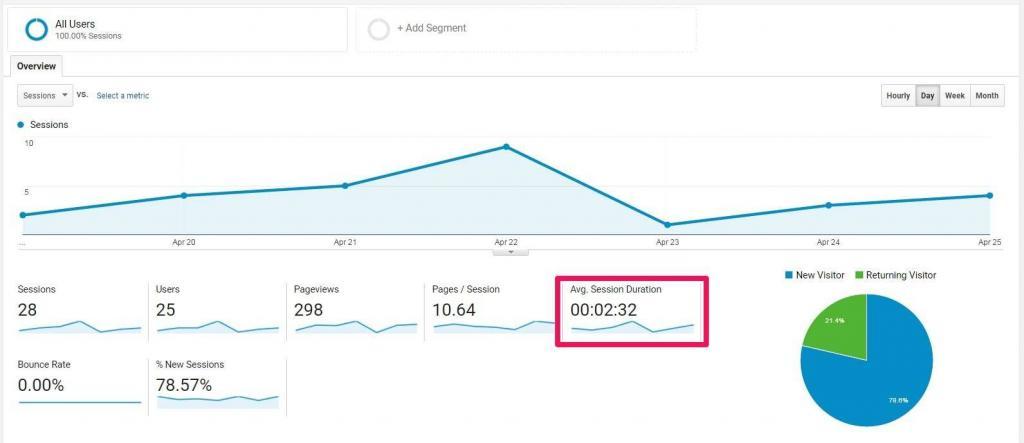


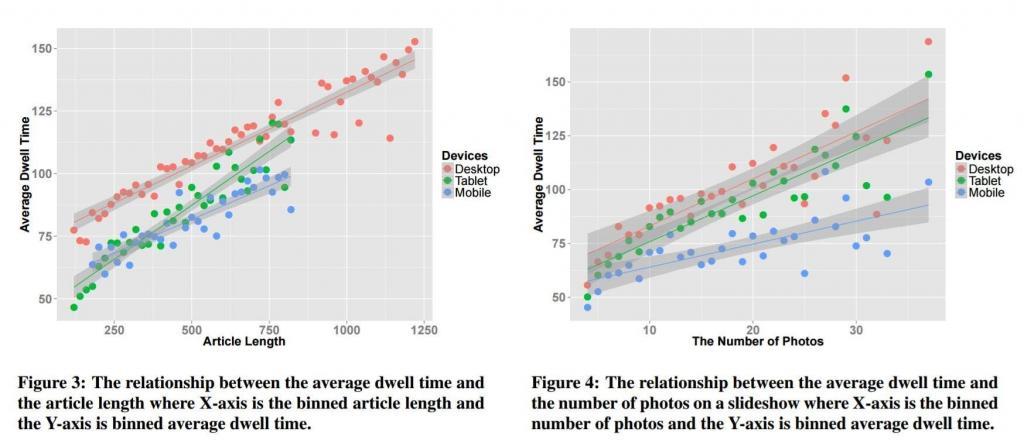

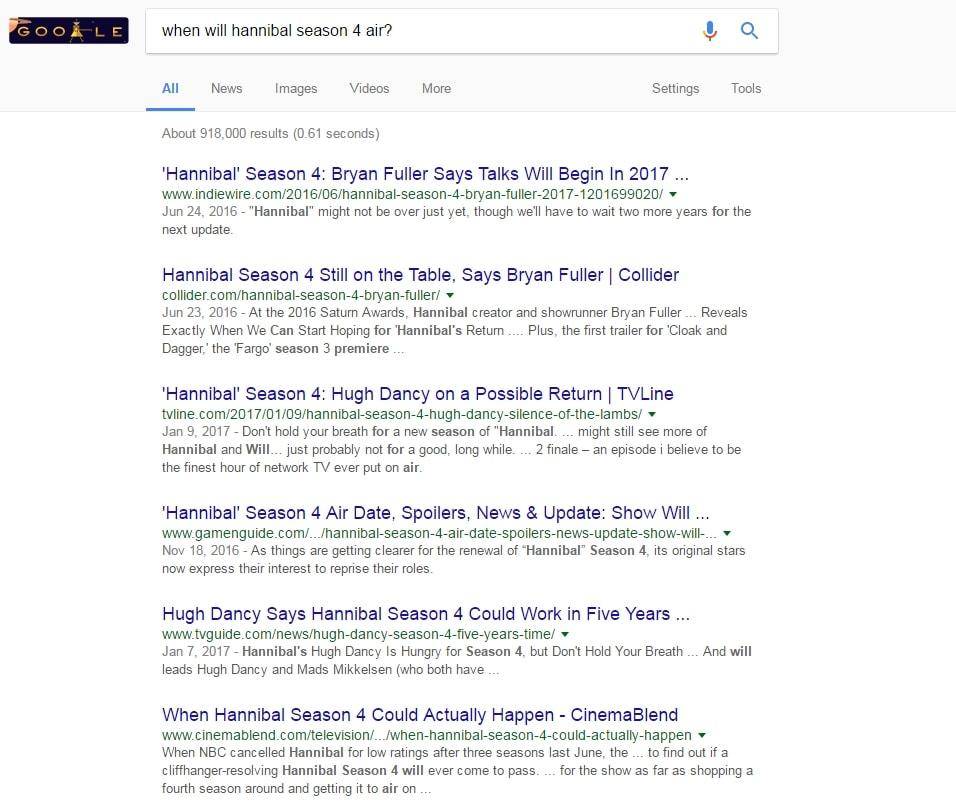
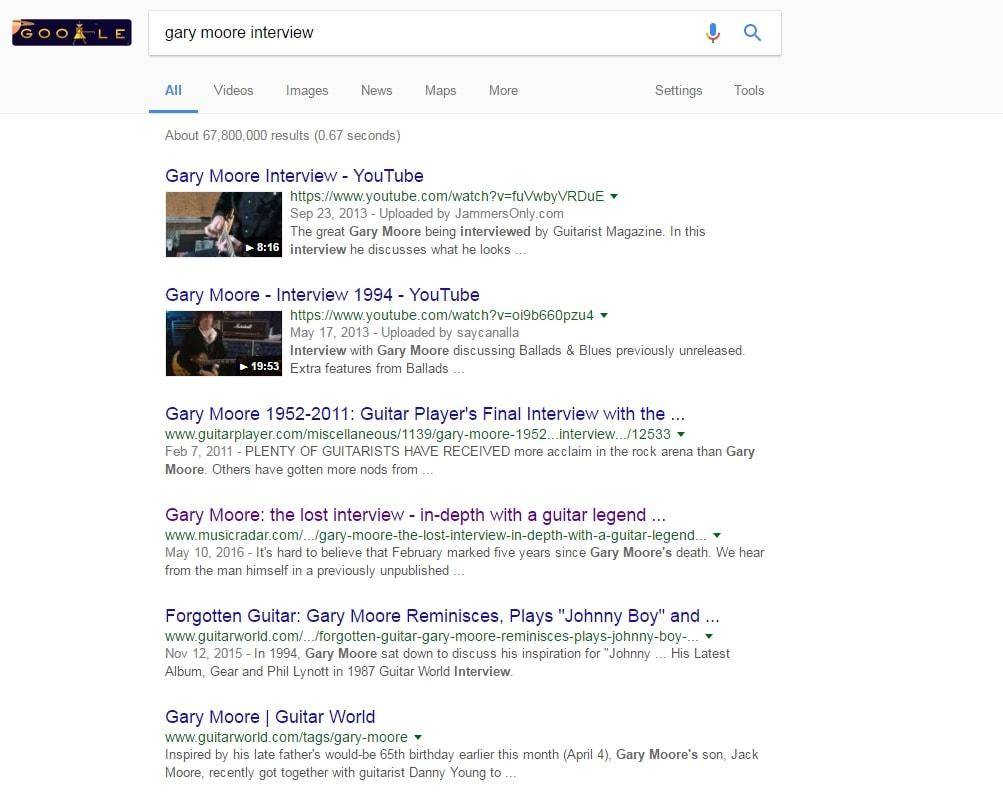



Another awesome article, is time to consider dwell time on SEO projects.
Thanks, Maurizio! And some other interesting one to come 😉
I enjoyed what I read until I the ‘solutions’ same ol’ stuff – write better content, faster website, etc. What is left at this point, when did SEO become so cut and dry…?
I always look at dwell time – at least my personal blog. This is one of my main statistics I look for – I prefer to publish less often, but more thorough posts so people can enjoy it and get all the information needed.
Hii,
Extremely elegantly composed and useful post on Dwell Time is Useful for High Ranking in Seo !!!
Noteworthy and Great data shared!!!! its dependably been appreciate to peruse your post. I get such a large number of information from this blog.
IMHO no, because in ecommerce sites the less pages the user visits or time spends the better, but in blogs its the opposite.
Hi Cornelia
Really Awesome Article, it was a long but great article to understand about Dwell Time and it is a rank factor or not.
Thank you so much to share the great stuff to help the newbie like me to know more about these confusing topics.